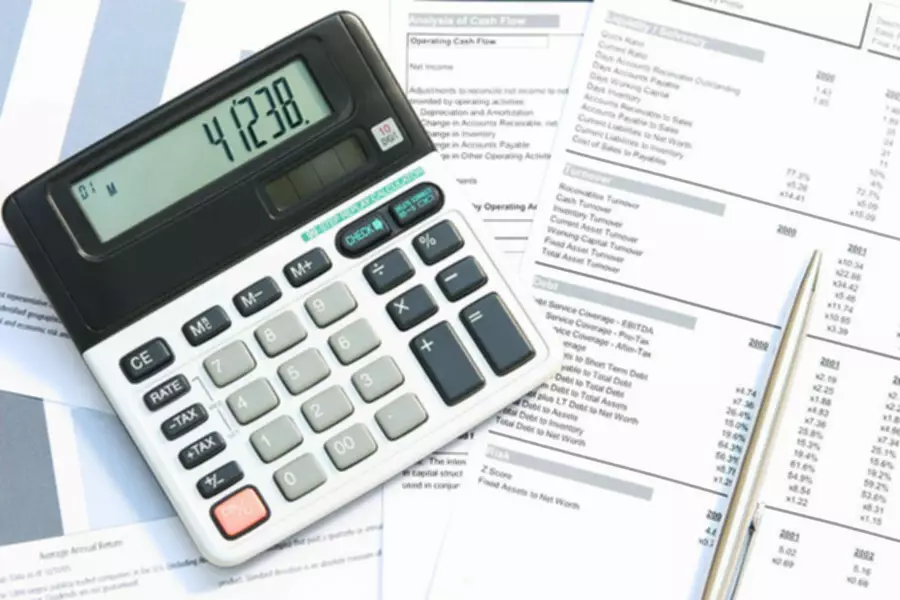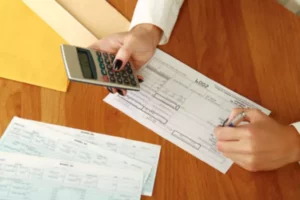Content

The “double” means 200% of the straight line rate of depreciation, while the “declining balance” refers to the asset’s book value or carrying value at the beginning of the accounting period. As an alternative to systematic allocation schemes, several declining balance methods for calculating depreciation expenses have been developed. Aside from DDB, sum-of-the-years digits and MACRS are other examples of accelerated depreciation methods.

Accelerated depreciation is any method of depreciation used for accounting or income tax purposes that allows greater depreciation expenses in the early years of the life of an asset. Accelerated depreciation methods, such as double declining balance (DDB), means there will be higher depreciation expenses in the first few years and lower expenses as the asset ages. This is unlike the straight-line depreciation method, which spreads the cost evenly over the life of an asset. A double-declining balance method is a form of an accelerated depreciation method in which the asset value is depreciated at twice the rate it is done in the straight-line method.
Financial Ratios
They also report higher depreciation in earlier years and lower depreciation in later years. The beginning book value is the cost of the fixed asset less any depreciation claimed in prior periods. Under the DDB method, we don’t consider the salvage value in computing annual depreciation charges.
That means you get the biggest tax write-offs in the years right after you’ve purchased vehicles, equipment, tools, real estate, or anything else your business needs to run. Then, we need to calculate the depreciation rate, which is explained under the next heading. In the next step, we need to multiply the beginning book value by twice the depreciation rate and deduct the depreciation expense from the beginning value to arrive at the remaining value. A similar process will be repeated each year throughout the asset’s useful life, or till the point we reach the salvage value of the asset. The two most common accelerated depreciation methods are double-declining balance and the sum of the years’ digits.
Corporations Working On Autonomous Vehicles
By reducing the value of that asset on the company’s books, a business is able to claim tax deductions each year for the presumed lost value of the asset over that year. Given the nature of the DDB depreciation method, it is best reserved for assets that depreciate rapidly https://www.bookstime.com/articles/control-accounts in the first several years of ownership, such as cars and heavy equipment. By applying the DDB depreciation method, you can depreciate these assets faster, capturing tax benefits more quickly and reducing your tax liability in the first few years after purchasing them.
But before we delve further into the concept of accelerated depreciation, we’ll review some basic accounting terminology. Doing some market research, you find you can sell your five year old ice cream truck for about $12,000—that’s the salvage value. To create a depreciation schedule, plot out the depreciation amount each year for the entire recovery period of an asset. In year 5, companies often switch to straight-line depreciation and debit Depreciation Expense and credit Accumulated Depreciation for $6,827 ($40,960/6 years) in each of the six remaining years.
Calculating Declining Balance depreciation
The double-declining balance method accelerates the depreciation taken at the beginning of an asset’s useful life. Because of this, it more accurately reflects the true value of an asset that loses value quickly. When you drive a brand new vehicle off the lot at the dealership, its value decreases considerably in the first few years.
- You’ll also need to take into account how each year’s depreciation affects your cash flow.
- On the other hand, this method is more complicated to calculate than straight line depreciation.
- The theory is that certain assets experience most of their usage, and lose most of their value, shortly after being acquired rather than evenly over a longer period of time.
- The double declining balance method (DDB) describes an approach to accounting for the depreciation of fixed assets where the depreciation expense is greater in the initial years of the asset’s assumed useful life.
- This approach is reasonable when the utility of an asset is being consumed at a more rapid rate during the early part of its useful life.
If the asset for which you are calculating depreciation
contains an averaging convention, LN adjusts the depreciation expense for the first half year, quarter,
or month calculation. DDB depreciation is less advantageous when a business owner wants to spread out double declining balance method the tax benefits of depreciation over the useful life of a product. This is preferable for businesses that may not be profitable yet and therefore may not be able to capitalize on greater depreciation write-offs, or businesses that turn equipment over quickly.
